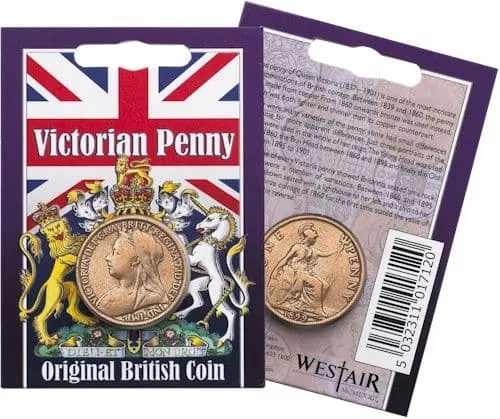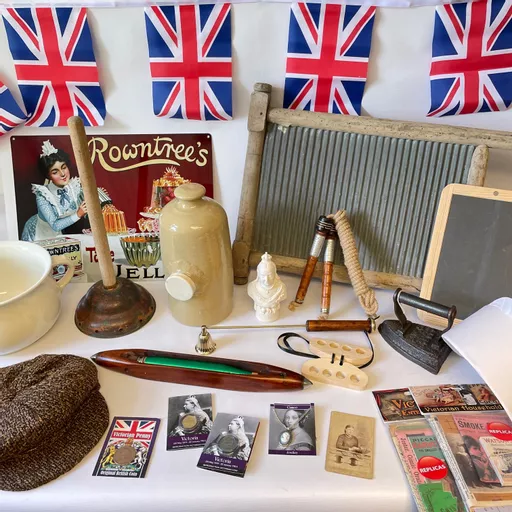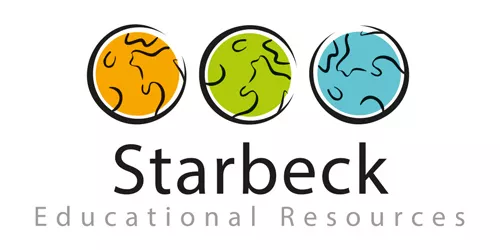A Day in the Life of a Victorian School Child: Insights for Primary School Teachers
Teaching history to primary school students can be both challenging and rewarding. One of the most fascinating periods to explore is the Victorian era, especially when it comes to understanding what a school day was like for children during that time. This blog post aims to provide primary school teachers with a detailed, engaging overview of a typical Victorian school day, enriched with anecdotes and facts that will enthral young learners.
Introduction to Victorian Schools
The Victorian era, spanning from 1837 to 1901, saw significant changes in the education system in England. Education became more structured, and various reforms were introduced to make schooling accessible to all children, regardless of their socio-economic background. By 1880, education was compulsory for children between the ages of 5 and 10. Understanding the setting and routine of Victorian schools can help bring this historical period to life for your students.
The School Building and Classroom Environment
Victorian school buildings were often imposing structures, built to reflect the seriousness of education. Typically, these schools were divided by gender, with separate entrances and playgrounds for boys and girls. The classrooms were starkly different from today’s vibrant learning environments.
Classroom Setup
- Desks and Seating: Children sat in rows of wooden desks, which were bolted to the floor. Each desk had an inkwell and a groove for holding pens.
- The Teacher’s Desk: Positioned at the front of the room, it was often on a raised platform to establish authority.
- Blackboards and Chalk: The teacher used a large blackboard to illustrate lessons, while students used small slates and chalk for writing exercises.




Daily Routine and Schedule
The Victorian school day was highly regimented, with a strict timetable that started early in the morning and ended in the late afternoon. Discipline and order were paramount.
Morning Assembly
The school day typically began with an assembly, where students gathered to listen to a reading from the Bible, followed by prayers and hymns. This was a time to instill moral values and set the tone for the day.
Lessons
Lessons were divided into short periods, each focusing on different subjects. The core subjects included:
- Reading: Using phonics, students learned to read from texts such as the Bible or moral stories.
- Writing: Pupils practiced handwriting using copybooks. Good penmanship was highly valued.
- Arithmetic: Basic mathematics, including addition, subtraction, multiplication, and division, was taught through rote learning and repetition.
Afternoon Activities
Afternoons often included subjects such as history, geography, and religious instruction. Physical education, known as “drill,” involved exercises and marching to promote discipline and physical fitness.
Discipline and Punishment
Discipline in Victorian schools was strict, with a strong emphasis on obedience and respect. Punishments were severe by today’s standards and were used to maintain order.
Common Punishments
- The Cane: Used for serious infractions, caning was a common form of corporal punishment.
- Dunce Cap: A child who struggled with lessons might be made to wear a dunce cap and sit in the corner as a form of public humiliation.
- Lines: Writing lines, such as “I must not talk in class,” was a frequent punishment for minor offenses.




Teaching Methods and Materials
The teaching methods of the Victorian era were quite different from modern practices. The focus was on rote learning, memorisation, and repetition.
Teaching Tools
- Slate and Chalk: Students wrote on slates with chalk, which were wiped clean after each lesson.
- Copybooks: Used for practicing handwriting and arithmetic.
- Readers: Textbooks containing stories and moral lessons for reading practice.
The Monitorial System
In some schools, the monitorial system was used, where older or more capable students (monitors) helped teach the younger or less able students under the supervision of the teacher. This system allowed one teacher to manage large classes.
The Role of the Teacher
Teachers in Victorian schools were often strict and authoritative figures. They were expected to maintain order and discipline, ensure academic progress, and instill moral values in their students.
Teacher Training
Many teachers had minimal formal training. Some attended teacher training colleges, but others learned through apprenticeships or on-the-job experience.
Student Life and Experiences
The experiences of Victorian schoolchildren varied widely depending on their social class and the type of school they attended.
Working-Class Children
For many working-class children, attending school was a significant change from working in factories or fields. School provided a chance for education, but also meant strict discipline and long hours of study.
Middle and Upper-Class Children
Children from wealthier families often attended private or boarding schools, which offered a more comprehensive education but still adhered to strict routines and discipline.
Making Victorian School Days Relatable
To help your students connect with this historical period, consider incorporating interactive activities and role-playing exercises.




Suggested Activities
- Role-Playing: Have students act out a typical Victorian school day, complete with morning assembly, lessons, and discipline.
- Handwriting Practice: Use copybooks to practice Victorian-style handwriting.
- Craft Projects: Create dunce caps or slate boards to give students a tactile sense of the era.
Final Thoughts
Encourage your students to think critically about how education has evolved and what aspects of Victorian schooling might still be relevant today. Highlight the importance of accessible education for all and the role of teachers in shaping the future.
Further Resources
For more information and teaching materials on Victorian education, consider the following resources:
- Books: “Victorian Children” by Rosalind Mitchison, “The Victorian Schoolroom” by Trevor May
- Websites: The National Archives, BBC Bitesize, Inspire Education
- Museums: The Ragged School Museum, The Victorian Schoolroom at Ripon Museums
This comprehensive overview should provide primary school teachers with the tools and inspiration they need to bring the Victorian classroom to life for their students.






















